- Call us: 01444 237070
- Contact Us
- Stores
- Sign In / Register
-
- Back
- Used Cameras
- Used Accessories
- Used Lenses
- Used Video
- Used Film Equipment
- Used Stock Alert
- Used Blank Test
- Sell or Part Exchange
- Used Clearance
- Recently Added Used Equipment
- Park Picks
- All Used Black Friday Deals
- Faulty
- Trade-In
- Blog
- New in
- Call us
- Contact us
- Stores
- Sign in
- Categories
- Tips & Inspiration
- Reviews
- News
- Events
- Features
- Buying Guides
- Competitions
First Look Canon EOS R5 Mark II Review
After a teaser from Canon and a great deal of speculation about the Canon R5 Mark II release date, the hybrid mirrorless camera has launched, and it looks set to exceed all expectations. Undoubtedly the second-generation camera has a lot to live up to, with the original proving incredibly popular thanks to groundbreaking features such as 8K internal video recording and Canon’s high-performance Dual Pixel CMOS AF II system.
Canon R5 Mark II | Hands On First Look video review
Our First Look Canon EOS R5 Mark II Review explores the next-gen camera, which truly is set to make a big impact on the market, implementing new technology developed from the ground up, while adding plenty of innovations, just as the original did.
So whether you’re considering upgrading, joining from another system, or simply interested in specs and features, our first look review has everything you need, including a hands-on video and sample images.

When did the Canon EOS R5 Mark II come out and what does it cost?
With a Canon R5 mark II release date of 17 July 2024, the new model arrives almost exactly four years after the original launched back in 2020. The R5 II body-only price is £4,499.00, while the EOS R5 Mark II with RF 24-105mm f/4 L Lens Kit costs £5,749.00.
Choosing between the body or lens kit depends on whether you have existing RF lenses to shoot with from the outset. It is worth noting that the RF 24-105mm F/4 L IS USM Lens is an extremely popular kit zoom due to offering such a versatile zoom range without the cost associated with the RF 24-70mm F/2.8L (£2,519.00) or newer hybrid RF 24-105mm F/2.8 L IS USM Z Lens, which is £3,439.00.
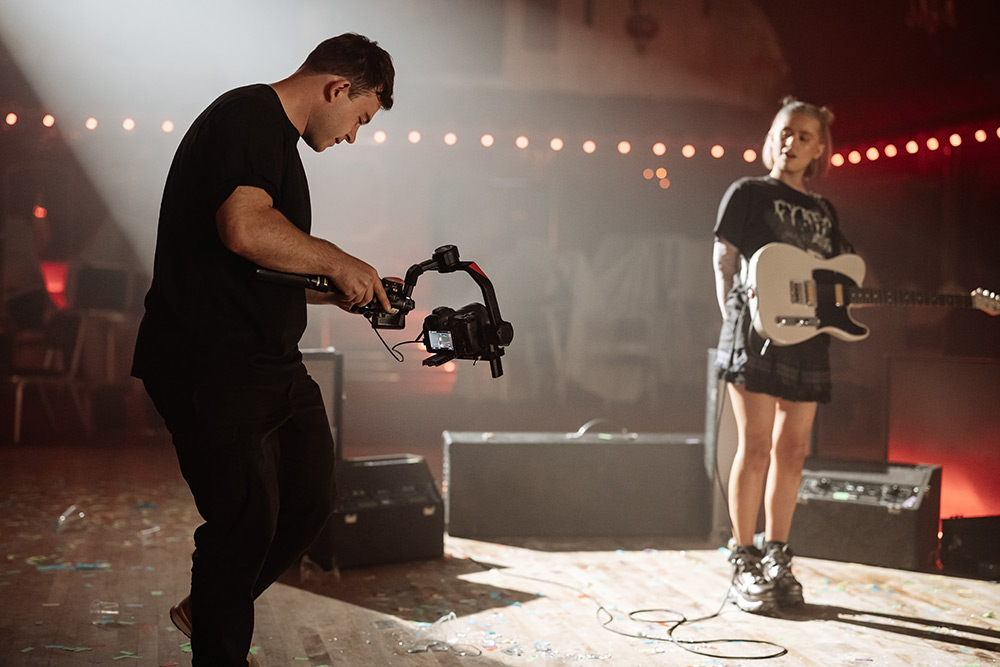
What is the EOS R5 series of cameras for?
Now in its second generation, the EOS R5 Mark II is a full-frame mirrorless hybrid camera aimed at intermediate, enthusiast and professional-level photographers, videographers, and hybrid creators. It packs a newly developed 45-megapixel sensor, a new processor in a dual processor setup, new AF system and more for storytelling at the highest level.
There are no limits to what this model is capable of, and it suits both stills and video professionals, as well as more advanced hobbyists and creators who capture stills and movies. From events, weddings, sports and wildlife, to portraits, travel, landscape and more, this really is a one-stop hybrid solution for any genre.
The previous R5 was accompanied by the R5 C, however, the R5 Mark II body accomplishes much of what the cinema-oriented camera does, blurring the lines between the need for separate stills and video cameras. Whether a solo creator or part of a small production team, the R5 II has a lot to offer, which we explore in more detail below.

Sample captured with the RF 24-105mm f/4.0 L USM Lens @96mm.
Camera settings: 1/1000 sec. f/4.0 ISO 12800
What’s new in the R5 Mark II?
The second-generation Canon R5 Mk II camera has been comprehensively updated, with new features and new technology alongside existing upgraded features. Some technology has been imported from other high-end cameras in the range, such as the R3 and the flagship EOS R1, which shares a lot of contemporary technology.
Key EOS R5 Mark II features include:
- New 45MP back-illuminated stacked sensor
- New DIGIC Accelerator with the DIGIC X processor
- Improved max. 30fps RAW stills
- New 15-frame Pre-Capture mode
- Upgraded full sensor width 8K 60p RAW internal recording and 4K 120p 4:2:2 10-bit video
- First ever EOS Dual Shooting for simultaneous 33.2-megapixel (16:9) photos at 7.5fps and Full HD video to two memory cards
- Enhanced dynamic range with Canon Log profiles
- New Neural network noise reduction with up to ISO 51,200
- New in-camera image upscaling to 180MP using deep learning technology
- Enhanced ergonomics including a dedicated movie/stills dial
- Enhanced Dual Pixel Intelligent AF system with deeper AI integration and new features
- New Eye Control AF
- New Registered people priority
- Improved 8.5 stops maximum in-body Image Stabilisation
- Upgraded white balance and metering with 6,144 zones
- New battery, battery grips and accessories developed specifically for the R5 Mark II’s body
This is an impressive list of new and enhanced features ensuring the Mk II camera excels for visual storytelling within any genre.
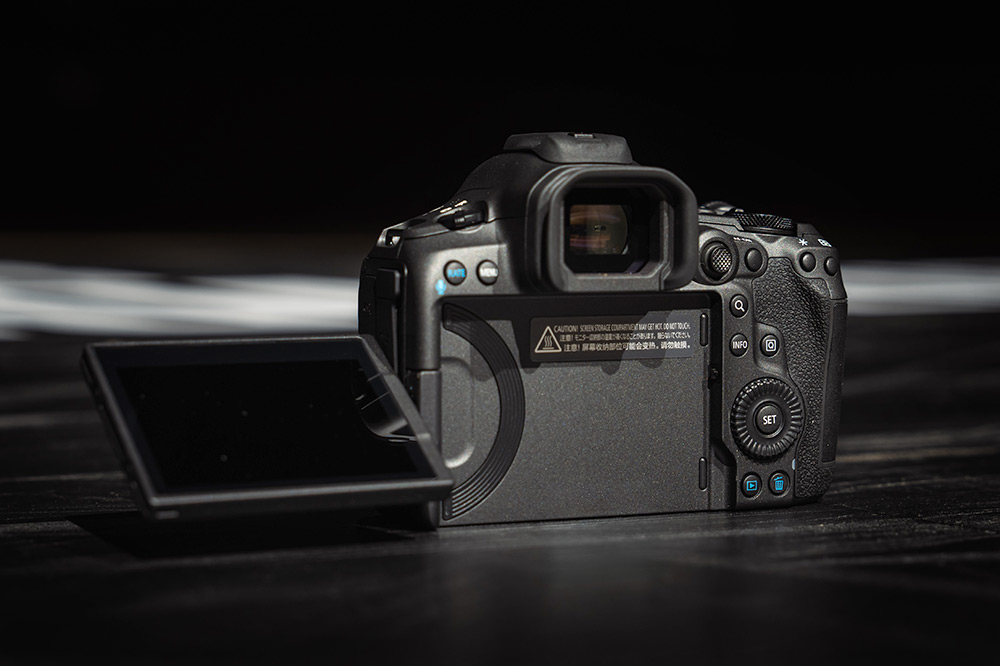
What do the new sensor and processor do?
Canon has made significant upgrades to the core components, with the next-generation full-frame back-illuminated stacked CMOS sensor and newly developed DIGIC Accelerator image processor. This is in addition to the existing DIGIC X processor, which combine to drive larger volumes of data for faster processing, improved AF and high resolution.
These core components are responsible for image quality, capturing wide dynamic range and fast readout speeds, which result in more natural images when shooting high-speed subjects or panning and moving quickly with the camera. Neural network noise reduction also delivers cleaner, more detailed JPG images even at the max ISO 51,200 sensitivity (extendable to ISO 102,400).
Improvements to white balance and metering also stem from this core technology, with a selection of 6,144 zones, which is 16x more than the R3 offers. This provides more accurate metering with natural colours and tones across diverse lighting conditions, saving time during post and creating better results from the get-go.
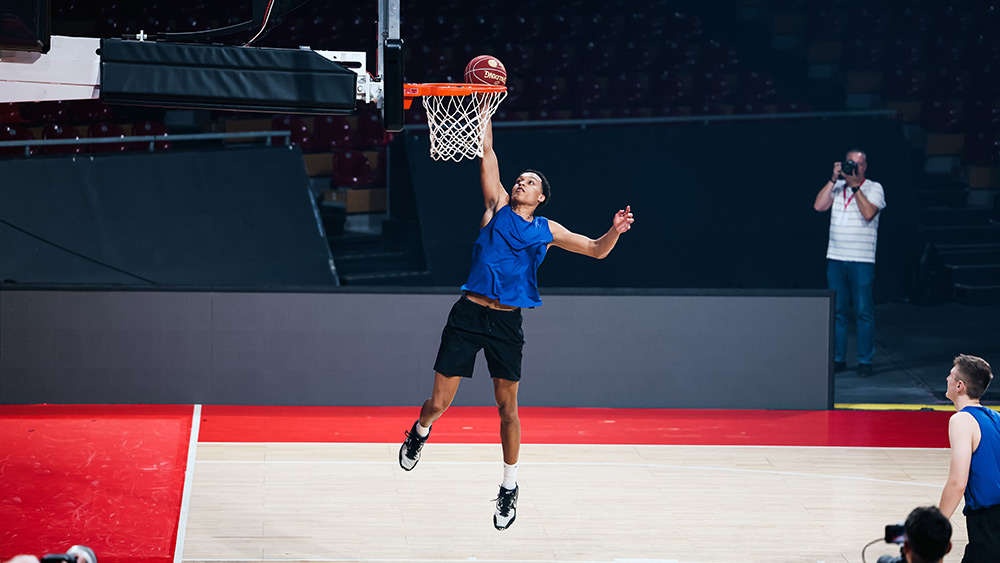
Sample captured with the RF 70-200mm F/2.8L IS USM Lens @158mm.
Camera settings: 1/1000 sec. f/2.8 ISO 2000
Wider adoption of deep learning technology
Canon has further developed AI technology with deep learning adopted throughout the R5 Mark II, in order to enhance AF, upscale images, reduce noise and more. Deep learning allows the camera to predict the seemingly impossible too. For example, in Active priority AF it will predict where the action will be for sports like football, basketball, and volleyball.
Deep learning has been widely integrated into the Dual Pixel Intelligent AF system, which better tracks people, birds, and horses. AF is notably faster all around, with improved tracking when the subject moves behind obstacles and improvements to subject recognition, recognising upper bodies and more.
The full list of subjects tracked includes:
- Humans (Eyes, Face, Head, Upper half of body, Body)
- Animals (Dogs, Cats, Birds and Horses)
- Vehicles (Racing cars or Motor bikes, Airplanes and Trains)
- Register People Priority (up to 10 x 10 registered people)
- Action Priority (Football, Basketball, Volleyball)
If you rely on autofocus, this generation intelligent AF system is a step up from the already accomplished Dual Pixel CMOS AF II, which is found in existing high-end Canon mirrorless cameras.
Deep learning technology also adds in-camera upscaling for up to four times (180MP) while reducing noise, even when shooting at high ISO values.

Sample captured with the RF 70-200mm F/2.8L IS USM Lens @70mm.
Camera settings: 1/1000 sec. f/2.8 ISO 2000
Capture cinematic content in-camera
Although it seems almost impossible for Canon to improve on the first-gen. video capabilities, they have managed. Internal recording is available in full width 8K 60p RAW, 4K 120p 4:2:2 10-bit, and oversampled 4K all with various profiles including C-Log for wide dynamic range.
Wide DR provides ample post-processing latitude to draw out detail from shadows and retain highlights without clipping for both stills and video, reaffirming some of the benefits of the new 45MP sensor.
Heat dissipation will always be a consideration and Canon has added vents underneath the LCD, which reduces any limits to recording times. Additionally, a CF-R20EP Cooling Fan Grip is available to actively draw away heat when recording at high frame rates for longer durations, ensuring you can harness the R5 Mark II for anything from high-speed special effects to long-form content, streaming, and more.
R5 Mk II Custom Picture Profiles include:
- C1: Canon 709
- C2: Canon Log 2
- C3: Canon Log 3
- C4: PQ
- C5: HLG
- C6: BT.709 Standard
- C7 - C20: User Defined
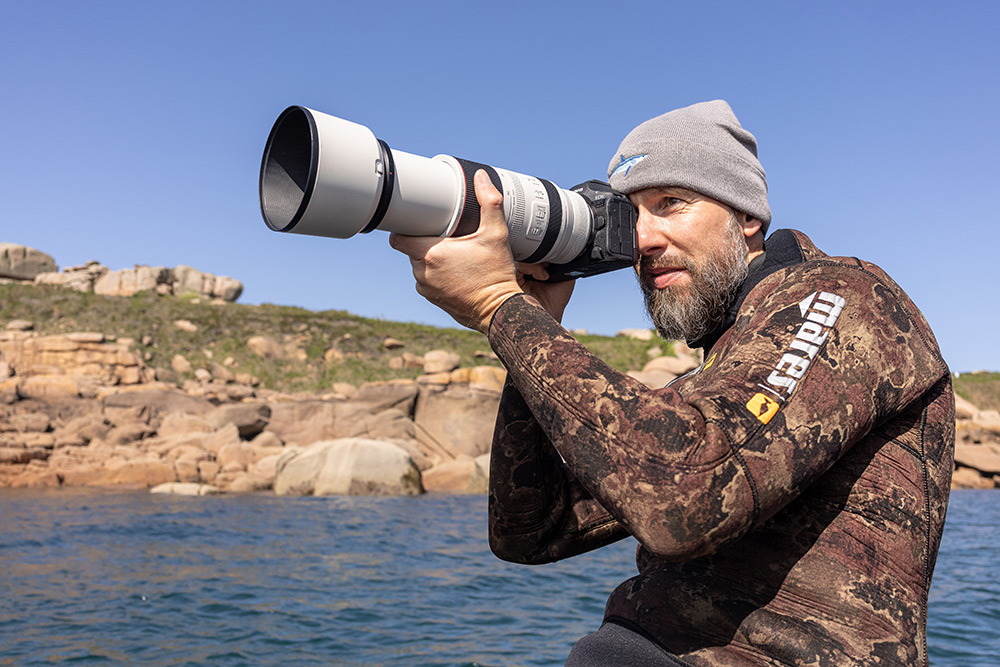
EOS R5 Vs R5 Mark II specs comparison
Our specs comparison table below compares the two generations of R5 Mark I vs II cameras, highlighting key upgrades and the new technology, which the mark II brings to the table. This demonstrates what a comprehensive update this is, right down to the improved battery life.
|
|
EOS R5 Mark II (New) |
EOS R5 |
|
Sensor |
New 45MP BSI stacked CMOS |
45MP CMOS |
|
Processor |
DIGIC X + DIGIC Accelerator |
DIGIC X |
|
Stabilisation |
Up to 8.5 stops |
Up to 8 stops |
|
Continuous burst speed |
12fps Mechanical shutter and 30fps Electronic shutter |
12fps Mechanical shutter and 20fps Electronic shutter |
|
ISO range |
100-51,200 with deep learning noise reduction |
100 - 51,200 |
|
Autofocus |
Dual Pixel Intelligent AF |
Dual Pixel CMOS AF II |
|
Metering Modes |
Real-time with image sensor, 6,144-zone metering |
Real-time with image sensor, 384-zone metering |
|
Max video recording (Internal) |
8K RAW 60p / 4K 4:2:2 10-Bit |
8K RAW 30p / 4K 4:2:2 10-Bit |
|
Max. video recording (HDMI) |
8K RAW or 4K SRAW ProRes recording via HDMI |
8K or cropped 5K ProRes RAW recording |
|
High frame rate (Internal) |
4K 120fps |
4K 120fps |
|
Canon log |
Yes |
Yes |
|
Max Movie duration Approx. |
360min |
29min 59sec. |
|
Viewfinder |
0.5-inch OLED colour EVF with 5.76 Million dots (1600x1200) @120fps |
0.5-inch OLED colour EVF with 5.76 Million dots (1600x1200) @120fps |
|
LCD screen |
8.0 cm (3.2") TFT colour LCD, Approx. 2.1 million dots Flip Out Touch Screen |
8.01cm (3.15") Clear View LCD II, approx. 2.1million dots Flip Out Touch Screen |
|
Interface |
|
|
|
Memory cards |
Dual Card Slots - CF Express B / SD |
Dual Card Slots - CF Express B / SD |
|
Battery |
New LP-E6P Battery Pack (2130mAh) (Also Backwards compatible with LP-E6NH, although some features won’t work) |
LP-E6NH (2130mAh) (Also Backwards compatible with LP-E6N) |
|
Battery life |
With LCD Approx. 630 shots (at 23°C)
With Viewfinder Approx. 340 shots (at 23°C) |
With LCD Approx. 490 shots (at 23°C) With Viewfinder Approx. 320 shots (at 23°C) |
|
Weight with card and battery, approx. |
746g |
738g |
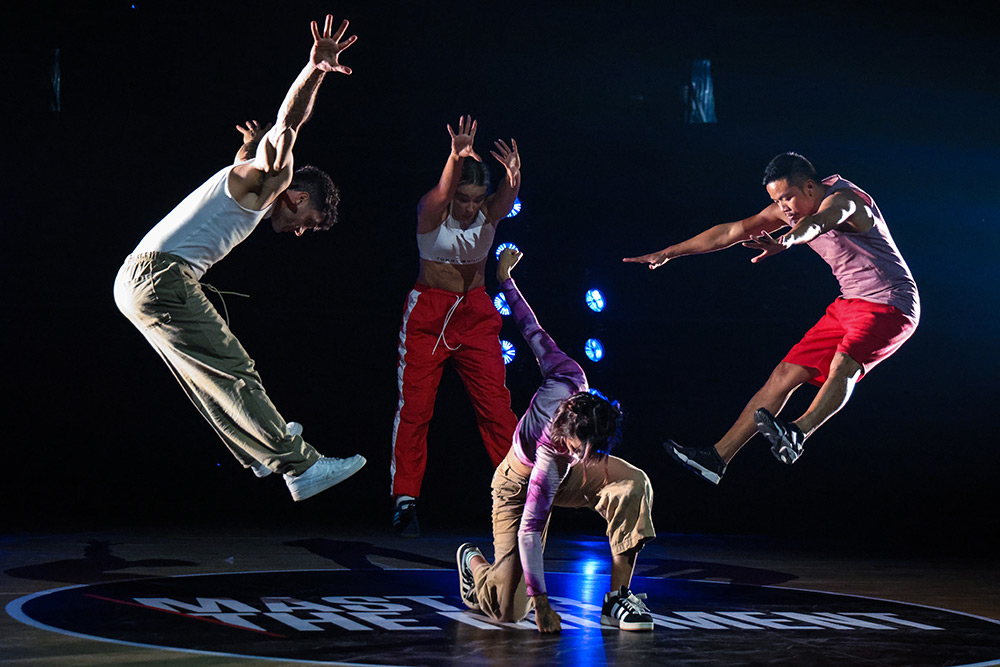
Sample captured with the RF 24-105mm f/4.0 L USM Lens @61mm.
Camera settings: 1/1000 sec. f/4.0 ISO 12800
Has the R5 Mark II body been updated?
Although the Mark II body closely resembles its predecessor, subtle updates bring it in line with other models from the range. For example the ON/OFF switch has been repositioned matching the R6 Mark II, and the stills/video button is now located on the top left of the body.
These create a familiar experience for those accustomed to other Canon cameras, while making it more intuitive to switch between photo and video modes. In our initial R5 review I noted how comfortable the camera was to use, and the new model is certain to be extremely easy to work with for stills and video creators.
Canon also improved connectivity through an updated HDMI port from micro Type D to full-sized Type A, added WiFi 6E and 2.5 Base T ethernet support, while keeping the Multi-Function Shoe, tally lamp and other features.
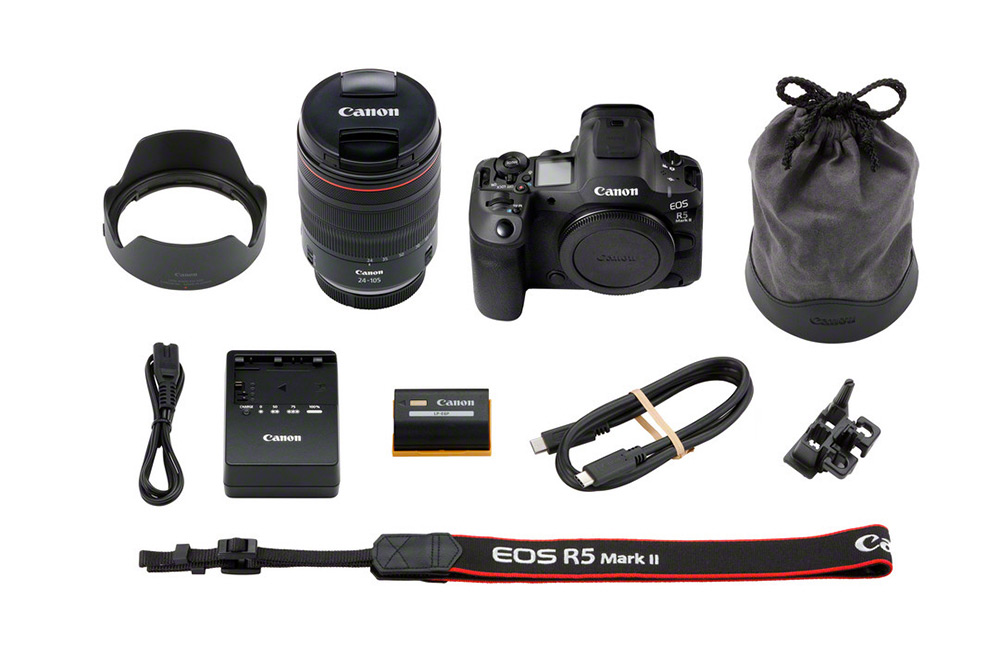
What’s the difference between the three R5 Mark II grips?
You may be wondering what the difference is between the three grips released for the R5 Mark II, which all provide slightly different features.
- Canon BG-R20 Battery Grip The BG-R20 is a vertical battery grip, which houses two additional batteries and provides more comfortable shooting by replicating the camera buttons in portrait orientation. This is ideal for portraiture, studio work and for photographers who need additional power plus frequent vertical shooting, and for counterbalancing longer and heavier lenses.
- Canon BG-R20EP Battery Grip With Ethernet Port This is also a two-battery grip with buttons for vertical shooting, which adds an ethernet 2.5G base T port. The addition of ethernet connectivity allows for quick file transfers making it especially suited for ENG, events and sports photographers who need fast file transfers to their clients.
- Canon CF-R20EP Cooling Fan Grip A video-specific grip with ethernet 2.5G base T support, which provides cooling-only and no vertical buttons. This R5 Mark II grip is designed for demanding video applications in high-speed formats, or for extended recording times in hot environments.
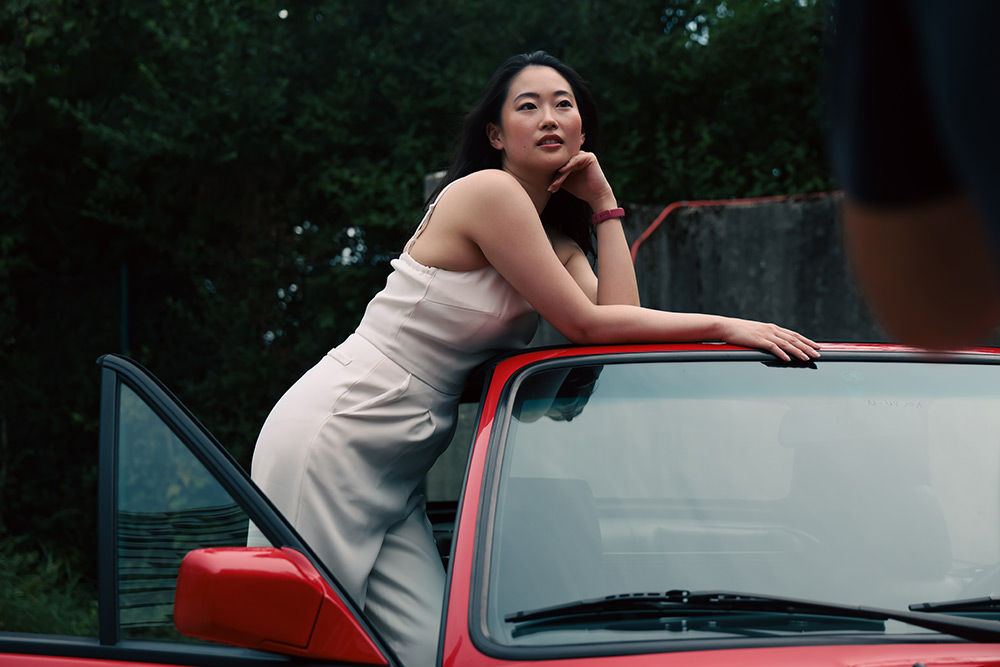
Sample 3 captured with the RF 24-105mm f/4.0 L USM Lens @70mm.
Camera settings: 1/500 sec. f/4.0 ISO 200
Conclusion
It’s important to stress just how significant this second-generation R5 upgrade is. The Mark II refines or improves virtually every aspect of content creation, with Canon implementing broader use of AI and other technologies to enhance image quality across genres.
This applies whether you capture ultra-high-resolution files, low-light images, high-speed action, or video-specific content, with refinements across each of these and more. It’s also quicker, thanks to the new sensor and dual processors, with faster AF, more accurate tracking, and faster burst shooting. Even file transfers are quicker, ensuring creators can save time while achieving higher quality than ever before.
Additionally white balance is more accurate, stabilisation improved with RF lenses, and hybrid creators gain impressive 8K 60p RAW recording, along with extended dynamic range and a host of other recording formats, profiles, codecs, plus video-specific tools for advanced moviemaking.
Discover more about the latest full-frame hybrid from Canon on our EOS R5 Mark II Mirrorless Camera Body product page, or explore the Canon EOS R5 Mark II Camera with RF 24-105mm f/4 L Lens Kit for a versatile zoom kit from.
If you’re upgrading from another camera or selling any unwanted gear, why not grab a free trade-in quote and use the money you make to offset against the price of the mighty R5 Mark II. We take all the hassle out by collecting your gear for free (valued over £300), remove the stress of selling on the private market, and we send your new camera out for free too!
Share this post:
By Nick Dautlich on 18/07/2024
Nick Dautlich
Senior Content Writer and Product Reviewer
Nick Dautlich is the Senior Content Writer and Product Reviewer at Park Cameras, with over 15 years of photography experience. A Sony Imaging Professional and expert reviewer, Nick has worked with major brands such as Canon, Sony and Nikon. His work is also featured on Vanguard World UK’s website, Capture Landscapes, and Shutter Evolve. Nick’s photography includes National Trust projects and magazine covers and he is passionate about landscapes and storytelling. Nick also enjoys hiking and teaching his children about nature. Learn more on his profile page.

Trade in your old equipment
Fast and easy trade in service ensures your old gear is collected efficiently and you are paid quickly! It's very simple to trade in your unwanted photography gear. Just head over to our dedicated Sell or Part Exchange page, fill out the details, and we'll get back to you with an offer for your old gear. Take the cash, or put it towards the cost of your new gear. It's up to you! Find out more
sign up to the newsletter
Keep up to date on the latest photography news, events and offers. Sign up now
